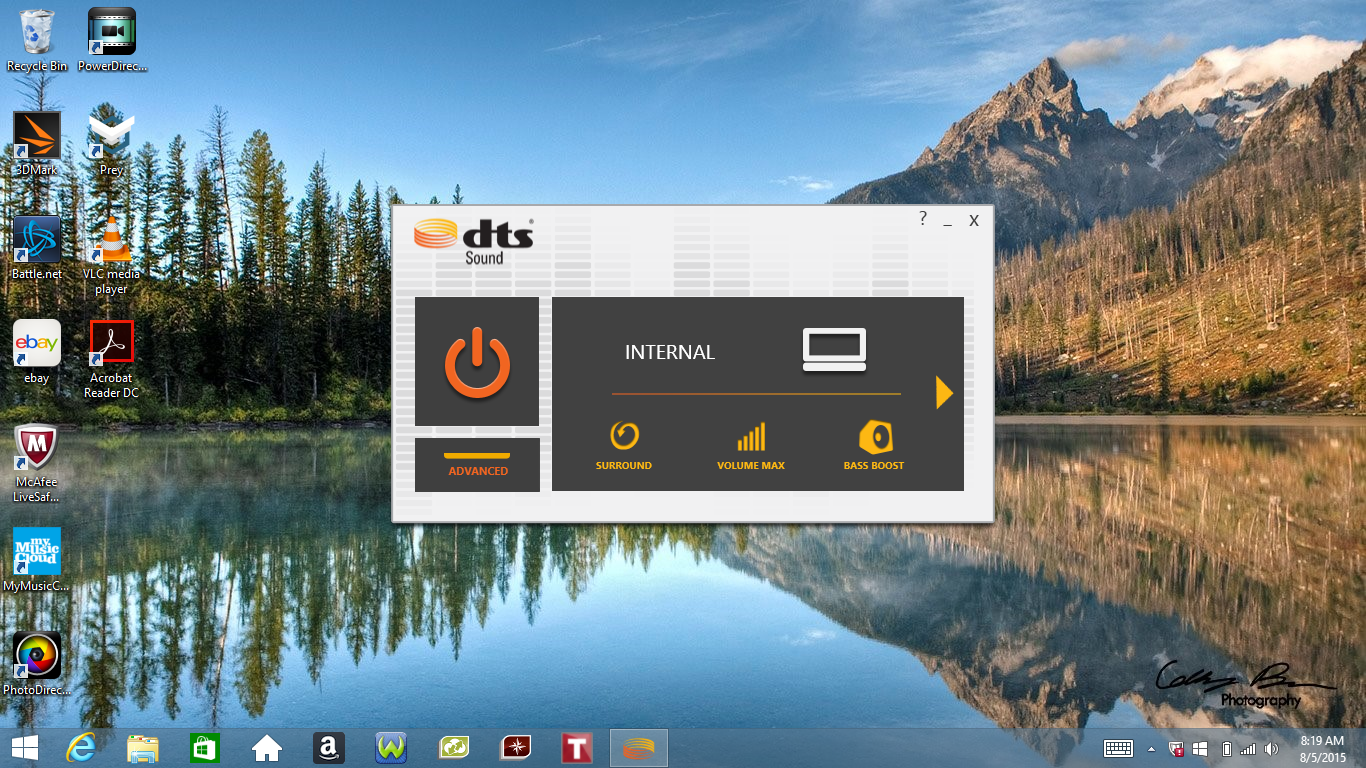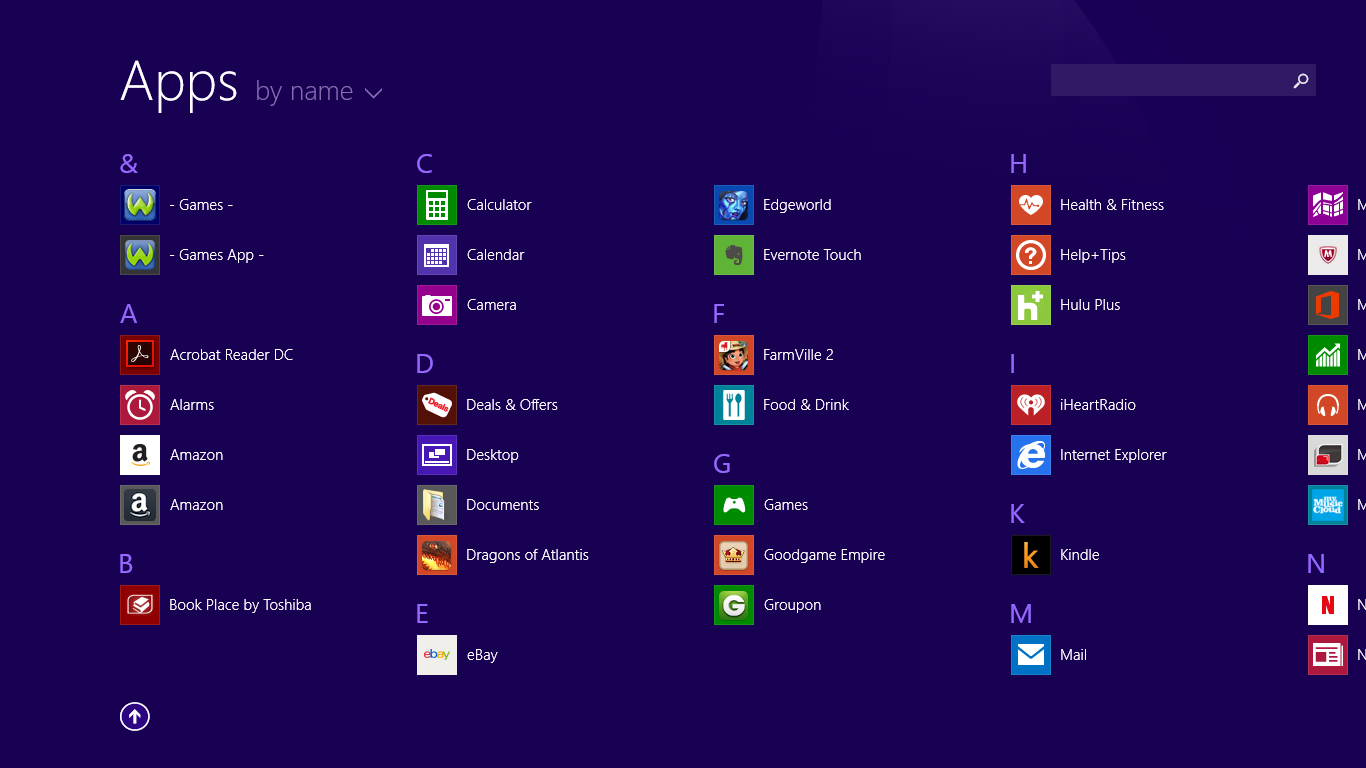Laptop Mag Verdict
While its $350 price tag looks tempting, the Toshiba Satellite Radius 11 disappoints with woefully short battery life, a dim display and underwhelming performance.
Pros
- +
Simple and sturdy design
- +
Inexpensive
Cons
- -
Supershort battery life
- -
Weak performance
- -
Dim display
- -
Bottom runs hot
Why you can trust Laptop Mag
The price is right, but not much else. The Toshiba Satellite Radius 11 features a study 2-in-1 body, 11.6-inch touch screen and a 500GB hard drive for just $350, but a closer look reveals several flaws. The Radius 11's short battery life, weak performance and low brightness don't measure up to the standards set by other sub-$500 hybrids.
Hardware
The Radius 11 features a simple, plastic clamshell body with what Toshiba calls a Fusion finish in satin gold on its lid, flat silver inside and a nondescript gray on bottom. On its left side, there's a USB 3.0 port, HDMI, SD card reader and power button, while the right side features a single USB 2.0 port, combo headphone/mic jack and a volume rocker.
At 11.25 x 7.75 x 0.65 inches and weighing 2.9 pounds, the Radius 11 has a slight size and weight advantage over other 11-inch hybrids such as the HP Pavilion x360 (12.05 x 8.19 x 0.89 inches and 3.2 pounds) and the Dell Inspiron 11 3000 (11.81 x 7.93 x 0.75 and 3.07 pounds), but it's not a big deal either way.
Inside, the 11.6-inch, 1366 x 768 display disappoints, producing just 217 nits of brightness. That's below the 234-nit average of the six budget 2-in-1s we've tested recently, and a far cry from the first-place Dell Inspiron 11 3000 and its 308 nits. The display's color range was similarly weak, with the Toshiba recreating just 63.4 percent of the sRGB spectrum, once again behind the budget 2-in-1 average of 68 percent and the Dell Inspiron 11 3000 (81.4 percent). This makes browsing the Web and watching movies on the Radius 11 less than exciting.
The flat black keyboard has springy keys, although with a travel distance of just 0.6 millimeters (where 1 to 2 mm is typical on a notebook), they feel quite shallow. The layout also feels incredibly cramped, best exemplified by some of the smallest arrow keys I've ever seen, and an infuriatingly tiny tab key that drove me up a wall when I was typing. The 3.4 x 1.7-inch touchpad is smaller than the one on the Inspiron 11 3000 (4.1 x 2.4 inches), but it worked well for both mousing around and using multitouch gestures such as scrolling and pinch-to-zoom.
On the bottom are stereo speakers positioned in the front-left and -right corners, which sadly means that in both tablet and laptop modes, sound is projected away from you.

This made the volume feel weaker than it actually was, and when I listened to Tez Cadey's "Seve," the normally rich piano chords sounded muffled and often got lost in the vocals.
2-in-1 Experience
In any of its various positions (laptop, tablet, tent, presentation, tabletop), the screen was stable and did not shift without input. Unfortunately, even though Windows 10 is out, it won't come preinstalled on the Radius 11. That means if you want to check out the new Continuum feature in Windows 10, which automatically switches the OS from desktop to tablet mode when you rotate the screen, you're going to have to do the upgrade yourself.
Performance and Heat
One of the biggest problems with the Radius 11 was its lethargic performance. Featuring a dated 2.16-GHz Intel Celeron N2840 CPU, just 2GB of RAM and a 500GB, 5,400-rpm HDD, the Toshiba struggled to keep up with the competition. In Geekbench 3, which measures overall performance, its score of 1,725 was the lowest out of the six budget 2-in-1s we tested in our latest budget roundup.
MORE: Our Favorite Tablets for Work and Play
On our real-world test, with six tabs open in Chrome and a 1080p movie playing in the background, it took the Radius 45.9 seconds to open a 69MB word document in OpenOffice. That was only good enough for fourth place among six systems tested, and was almost twice as long as the first-place HP Pavilion x360 11 (25.9 seconds). To be fair, though, the HP costs $100 more.
Even the Radius 11's hard drive disappointed, finishing in last with a transfer rate of just 22.7 MBps. By comparison, the budget 2-in-1 average was more than 70 percent faster at 39.9 MBps.
Graphics performance was similarly poor, with the Toshiba notching a below-average score of 16,924 in 3DMark's Ice Storm Unlimited benchmark. Thankfully, when I played Hearthstone: Heroes of Warcraft, I could still enjoy the game at 1366 x 768 and medium settings, although there were a few times when I saw lag and choppy animations.
On the Laptop Mag Heat Test (15 minutes of streaming-HD video from Hulu), the Radius 11's deck stayed relatively cool, measuring 85 degrees Fahrenheit on the touchpad and 92 degrees between the G and H keys. Unfortunately, the bottom of the laptop reached 104 degrees, which is significantly above our 95-degree comfort threshold.
Battery Life
With a time of 4 hours and 7 minutes on the Laptop Mag Battery Test, the Toshiba Radius 11 had the shortest battery life of any system in our summer 2015 budget 2-in-1 roundup. Our current favorite budget 2-in-1, the Dell Inspiron 11 3000, lasted 6:42, and the 10-inch Acer Aspire Switch 10E had more than double the longevity at 8:28. Rarely does a single misstep ruin a product, but the unacceptably short battery life on the Radius 11 is a real deal breaker.
Software
Toshiba is one of the biggest offenders when it comes to loading up its PCs with bloat, and the Radius 11 is no exception.

Out of the box, the PC had nine things pinned to the task bar, six more than you would get normally. This includes borderline malware such as WildTangent games and an icon for Toshiba Travel Place, which is really just a link to Booking.com.
It gets even worse when you delve into the app menu, which includes more sponsored links to sites like eBay and Groupon, and links to shoddy casual games such as Goodgame Empire and Dragons of Atlantis. There are a few useful utilities, such as Toshiba Service Station (which helps keep your system up to date), but it's a pain to sort through the layers of bloat to find them.
Configurations and Warranty
I wish it were possible to upgrade the processor or memory on the Radius 11 for better performance, but unfortunately, there aren't any configuration options available on Toshiba's website. That means our $350 review unit is the only version you can get, and it comes with a standard one-year limited warranty.
Bottom Line
Toshiba's Satellite Radius 11 is an example of a budget 2-in-1 done wrong. Its weak performance, dim display and laughably short battery life make for a system that you'd only give to someone you don't like. In the end, the Radius 11's biggest selling point is its price, which at $350 is $100 less than budget 2-in-1s from manufacturers such as Dell and HP. But even at such a low price, it's still not worth buying.
Toshiba Satellite Radius 11 (2015) Specs
| Bluetooth | Bluetooth 4.0 |
| Brand | Toshiba |
| CPU | 2.16-GHz Intel Celeron N2840 CP |
| Card Slots | SD memory reader |
| Company Website | www.toshiba.com |
| Display Size | 11.6 |
| Graphics Card | Intel HD Graphics |
| Hard Drive Size | 500GB |
| Hard Drive Speed | 5,400rpm |
| Hard Drive Type | Serial ATA |
| Native Resolution | 1366x768 |
| Operating System | Windows 8.1 |
| Ports (excluding USB) | USB 3.0, Combo Headphone/Mic Jack, USB 2.0, HDMI |
| RAM | 2GB |
| Size | 11.25 x 7.75 x 0.65-inches |
| Touchpad Size | 3.4 x 1.7-inches |
| USB Ports | 2 |
| Video Memory | Shared |
| Warranty/Support | one year limited warranty |
| Weight | 2.9 pounds |
| Wi-Fi | 802.11b/g/n |
| Wi-Fi Model | Wi-Fi Wireless networking (802.11b/g/n) |
